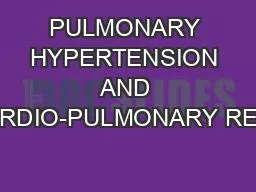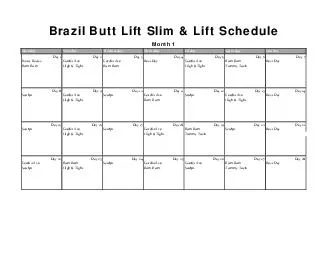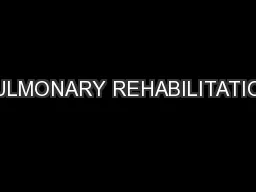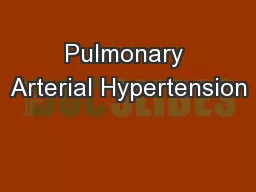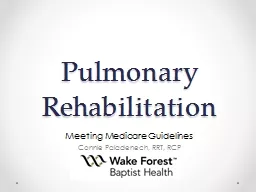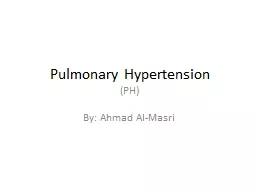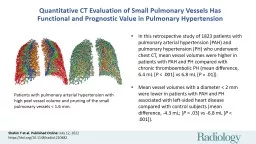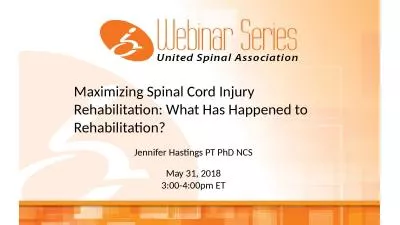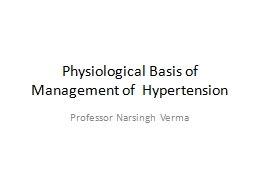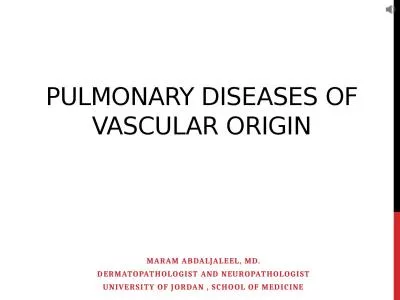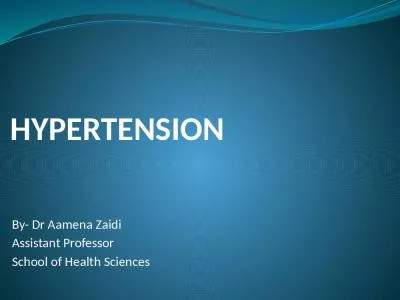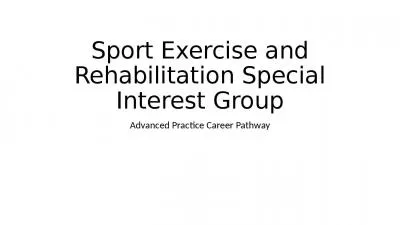PPT-PULMONARY HYPERTENSION AND EXERCISE-CARDIO-PULMONARY REHABILITATION
Author : opelogen | Published Date : 2020-06-16
Rajan Joshi MDFCCP FAASM Assistant Professor Pulmonary Critical care Sleep Medicine at UKHC Medical Director Pulmonary Rehabilitation UKHC Lexington KY TLC amp Sleep
Presentation Embed Code
Download Presentation
Download Presentation The PPT/PDF document "PULMONARY HYPERTENSION AND EXERCISE-CARD..." is the property of its rightful owner. Permission is granted to download and print the materials on this website for personal, non-commercial use only, and to display it on your personal computer provided you do not modify the materials and that you retain all copyright notices contained in the materials. By downloading content from our website, you accept the terms of this agreement.
PULMONARY HYPERTENSION AND EXERCISE-CARDIO-PULMONARY REHABILITATION: Transcript
Download Rules Of Document
"PULMONARY HYPERTENSION AND EXERCISE-CARDIO-PULMONARY REHABILITATION"The content belongs to its owner. You may download and print it for personal use, without modification, and keep all copyright notices. By downloading, you agree to these terms.
Related Documents

